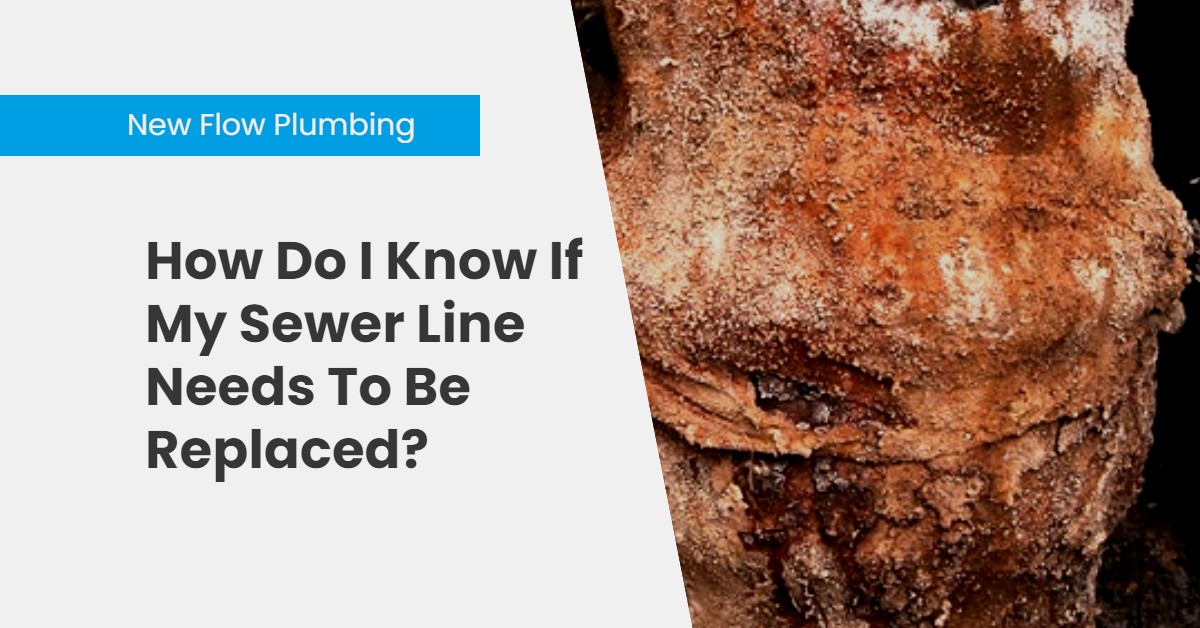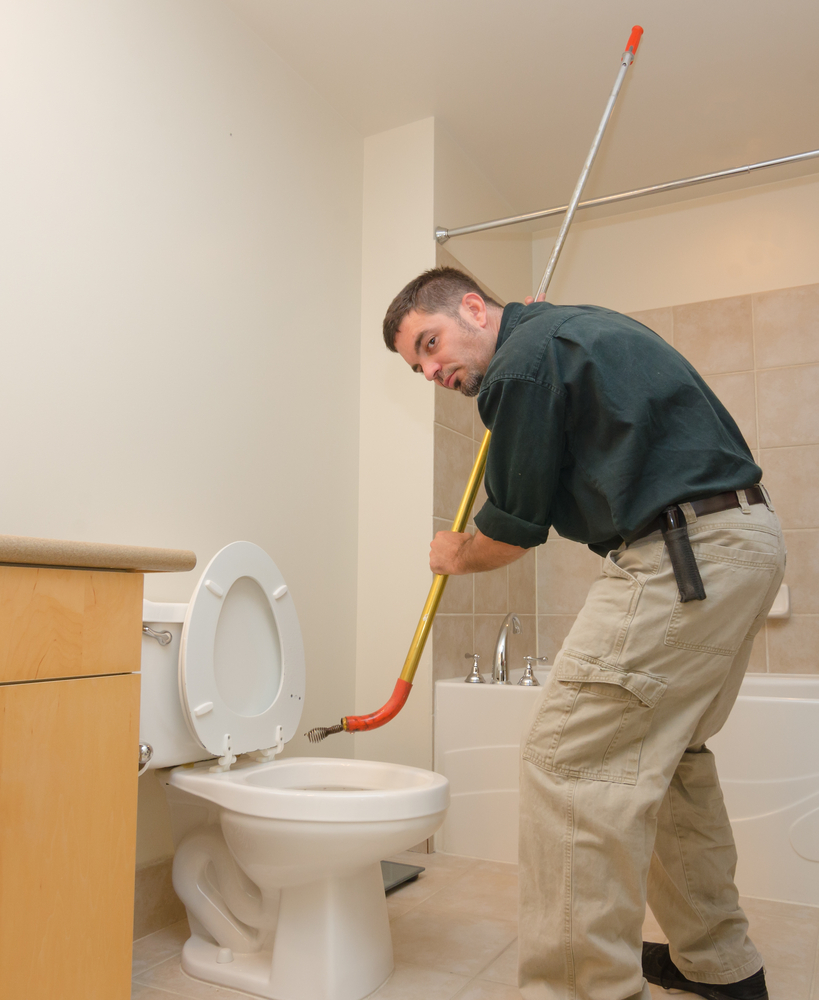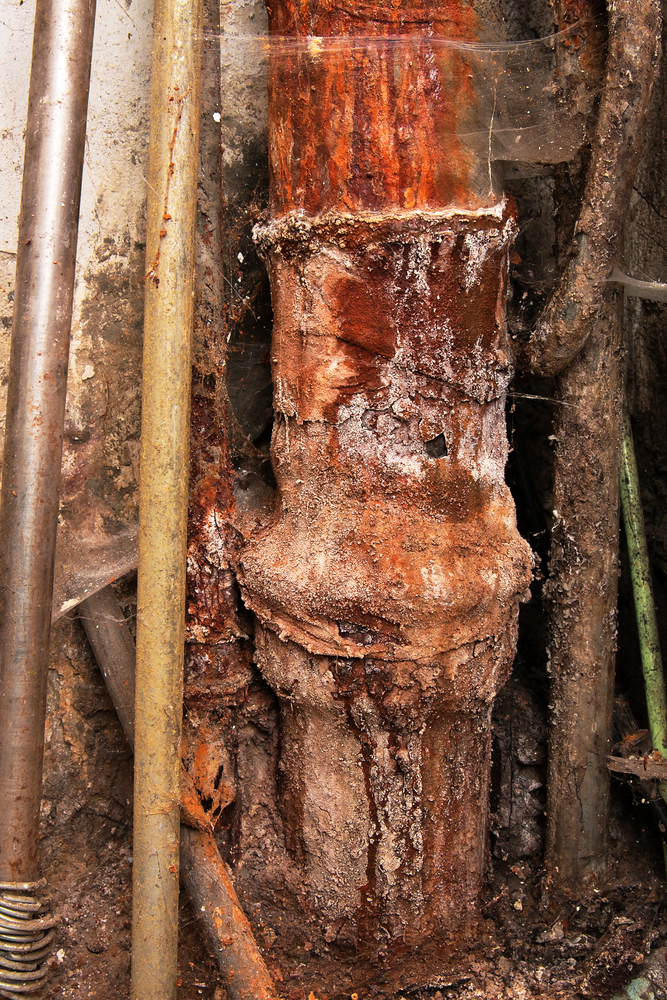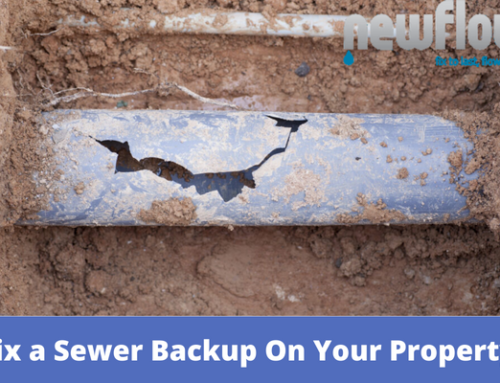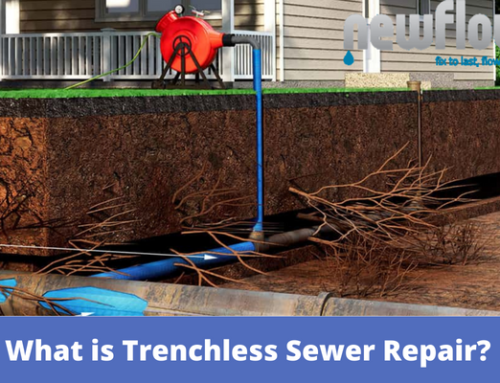How Do I Know If My Sewer Line Needs To Be Replaced?
How do I know if my sewer line needs to be replaced? Are you asking yourself that age-old question? This article will tell you exactly when your sewer line needs to be replaced. Take note of all the signs of a damaged sewer line, checking if you are experiencing the same thing.
How Do I Know If My Sewer Line Needs To Be Replaced?
Below are the most common signs your sewer line needs urgent replacement.
Constant Backups – Are all of your sinks, showers, and toilets backing up? Every fixture in your home is connected to the main sewer line that runs under your home. If the sewer line breaks, it causes a ripple effect showing up all over your home.
Sewer Odors – When a sewer line breaks, it releases a nasty odor that can spread throughout your home. Don’t let these toxic odors linger.
Slow Drains – If all of your fixtures appear to be draining slower than usual, your sewer line might be clogged or broken.
Foundation Issues – This may surprise you. How could a sewer line affect your foundation? If your house was built on expansive soil and the soil gets wet from a broken sewer line, it can cause the soil to expand. If the soil shifts, your foundation can shift as well.
Wall Damage – If a sewer pipe is broken inside a wall, it can affect drywall, wood, and paint. Sewage waste is hot and increases the humidity in your home if it’s leaking, creating the perfect environment for mold and mildew.
Unwanted Pests – Mice can fit through holes the diameter of two pencils, while rats can fit through openings as small as a quarter. Imagine what they will do when a fresh warm sewer line opens for them. Don’t forget about the cockroaches and flies.
Unnatural Yard Growth – When sewage leaks into your soil, the grass above begins to flourish thanks to the “fresh fertilizer” it’s being fed. You may even smell the sewage when you walk outside.
Potholes – Besides puddles, you may notice potholes or dips in your yard. That’s what happens when sewage meets expansive soil. Expansive soil is clay-rich soil that expands when it gets wet and shrinks when it dries out.
Why Is My Sewer Line Broken?
You probably want to know why your sewer lines are breaking. Here are the most common culprits.
Tree Roots – Tree roots can infiltrate your sewer line through joints or cracks in the pipe.
Cast Iron Pipes – Homes built before the 70s are usually made with cast iron pipes. Although cast iron is a strong material, it still rusts and corrodes over time.
Terracotta Pipes – Terracotta pipes are made out of clay-based ceramic. Contractors used terracotta pipes because the material was widely available. However, builders failed to realize that the clay is very susceptible to roots and leaks.
Soil Failure – If your soil shifts, it can induce pressure on your sewer line, causing the pipe to crack, leak, and collapse. Soil can shift due to rain, flooding, drought, freezing temperatures, and more.
Grease – Do not pour cooking oil, fats, or grease down your drains. The liquid fat hardens when it dries, sticking to your pipes.
Flushable Wipes – Do not flush “flushable” wipes down your toilet. Flushable only means that your toilet can flush the wipes. Toilet paper is made to disintegrate inside your sewer line, while baby wipes will remain intact, creating a clog. Read more on what causes your sewer line to clog.
How To Replace A Sewer Line
A sewer line repair specialist will choose one of three routes to fix a sewer line. They can go the traditional route, digging up your lines and replacing them manually. Or, they can choose a trenchless repair method, such as pipe-lining or pipe-bursting.
Conventional Trenching
If a sewer pipe is extremely damaged, you will have to replace the pipe using traditional trenching methods.
Traditional methods involve digging up your yard and trenching through your home. The procedures are invasive, but trenching is the only solution for collapsed, disintegrated, or back-pitched pipes.
Back-pitched pipes – A sewer line must be sloped toward the city connection, allowing gravity to move sewage down the line. If contractors installed the pipe using the wrong slope, the waste begins to flow toward your home. Trenchless technology does not work on pipes that are back-pitched.
Pipe Lining (Trenchless)
Pipe lining is a trenchless sewer repair method that can safely replace your sewer line without digging up floors. A CCTV sewer camera inspection will determine if your pipes qualify for trenchless repair methods.
The process begins when an epoxy-impregnated liner is inserted into the old pipe and inflated, creating a new pipe inside the old one. Pipe lining can be considered replacement or repair depending on whether the whole pipe length will be lined or just a section. If only a section of pipe (a spot repair) is lined, it is considered a repair. If you line the entire sewer line, it is like getting a brand new pipe installed (aka replacement).
Pipe Bursting (Trenchless)
Pipe bursting is where a new HDPE (high-density polyethylene) pipe is attached to a winch with a cone-shaped bursting head and pulled through the damaged line. The damaged pipe breaks apart as the new one takes its place, giving you a durable brand-new sewer line.
Cost To Repair A Sewer Line
Trenchless sewer repair can cost anywhere between $4,000-$15,000 for the average single-family home. The price of a job depends on how much pipe is being repaired. Of course, there will always be a base cost starting at permits, contractor mobilization, and project minimums.
Conventional sewer repair, on average, costs $50 to $450 per linear foot. The price to install brand new pipes throughout your home or yard could run to $15,000 because of all the extensive work, such as trenching and excavation. Conventional sewer repair quotes will be lower than trenchless, but they don’t include the cost to clean up the property damage leftover.
Who Can Replace A Sewer Line?
It’s time that New Flow Plumbing comes in to save the day. We’ll get you started with a CCTV sewer camera inspection to determine where your problems come from. Then, we give you a free repair estimate, followed by available repair options. Whatever the issue, New Flow Plumbing will have your plumbing running perfectly again.

